What is OCC Waste Paper Scrap?
OCC waste paper scrap, or Old Corrugated Containers waste paper, refers to used cardboard boxes primarily consisting of corrugated paper. This type of scrap is characterized by its layered structure, which includes an inner layer of fluted paper between two flat sheets. It is a vital component in the recycling industry due to its abundance and the recyclable nature of its materials. Businesses and consumers generate OCC from various sources, including retail, shipping, and packaging industries, significantly contributing to recycling initiatives.
The composition of OCC waste paper scrap is predominantly made up of recycled paperboard, often containing 70% to 90% post-consumer content. Other materials may include printed paper, adhesives, and incidental non-corrugated elements. Despite varying qualities, such as contamination from food or plastic, recycling facilities can efficiently process OCC to recover fibers that can be used in new paper products. This process reuses valuable resources and reduces the need for virgin materials, promoting environmental sustainability.
The significance of OCC waste paper in the recycling industry is underscored by its environmental benefits. By recycling OCC, businesses can significantly reduce the volume of waste sent to landfills, thus decreasing harmful methane emissions produced by the decomposition of organic materials. Furthermore, recycling this waste paper enables the conservation of natural resources, as it requires less energy and water than creating new products from raw materials. Additionally, OCC waste paper has diverse manufacturing applications, including making new cardboard boxes, paperboard, and other recyclable products, reinforcing the circular economy. Using OCC waste paper supports sustainable practices and encourages businesses to participate actively in eco-friendly initiatives.
Why Buy OCC Waste Paper Scrap?
Purchasing OCC (Old Corrugated Containers) waste paper scrap presents numerous advantages for businesses across various industries. One of the foremost benefits is the economic incentive it offers. Companies can significantly reduce their dependency on virgin raw materials by utilizing OCC scrap in production processes. This shift not only lowers operational costs but also leads to substantial savings. Integrating recycled materials such as OCC can give companies a competitive edge by optimizing overall production costs in an economy where resource efficiency and sustainability are becoming paramount.
In addition to economic benefits, the environmental impact of recycling OCC waste paper scrap cannot be overstated. Recycling helps to conserve natural resources, reduce landfill waste, and lower greenhouse gas emissions. Specifically, producing recycled paper requires less energy and water than virgin paper, showcasing a more eco-friendly approach. Companies prioritizing sustainability in their operations tend to enhance their brand reputation, appealing to environmentally conscious consumers and investors. In an age where corporate social responsibility is at the forefront of business practices, adopting recycling measures contributes to a positive environmental legacy.
Moreover, the demand for recycled materials, mainly OCC scrap, steadily increases. As industries move towards sustainable practices, the need for recycled products grows. This trend reflects a broader movement towards a circular economy, wherein waste products are repurposed into new materials, minimizing waste and promoting longevity in resource use. By purchasing OCC waste paper scrap, companies are investing in a material that meets this rising demand and actively participating in a responsible recycling ecosystem.
Where to Find Quality OCC Waste Paper Scrap for Sale
Sourcing quality OCC (Old Corrugated Containers) waste paper scrap is essential for companies aiming to engage in sustainable practices. Recognizing the importance of reliable suppliers, businesses must prioritize those committed to eco-friendly processes. One of the first steps in identifying reputable exporters is to verify their certifications. Look for suppliers with certifications indicating compliance with environmental standards, such as ISO 14001. This certification signifies that the supplier adheres to internationally recognized environmental management practices, reassuringly showing their commitment to sustainability.
Another critical aspect to consider is the supplier’s transparency concerning their supply chain. A provider openly sharing information about their sourcing methods and waste paper recycling processes will likely prioritize eco-friendly practices. Discussing their sourcing locations with potential suppliers can provide insight into their operational ethics and environmental responsibility. These discussions will help buyers assess whether the supplier aligns with their environmental goals.
Various platforms can be utilized to find OCC waste paper scrap. Online marketplaces like Alibaba, TradeIndia, and specialized recycling platforms are valuable resources for buyers searching for reputable suppliers. These platforms often contain reviews and ratings from previous customers, helping buyers make informed decisions. Offline industry trade shows provide opportunities for networking and direct interactions with suppliers, fostering relationships that might lead to favorable agreements.
Additionally, considering local recycling centers or waste management companies may yield results, as they often have connections with manufacturers looking to sell OCC waste paper scrap. By harnessing these different outlets, companies can efficiently locate high-quality OCC waste paper scrap while supporting sustainable marketing practices in their supply chains.
How to Purchase OCC Waste Paper Scrap: A Step-by-Step Guide
Purchasing OCC waste paper scrap can be a strategic move for companies aiming to engage in eco-friendly practices while ensuring a steady supply of recyclable materials. To navigate this process effectively, follow this step-by-step guide.
Firstly, it is essential to identify reputable suppliers of OCC waste paper scrap. Researching online, attending industry trade shows, and consulting industry associations can help you find potential partners. Evaluate the suppliers based on their reputation, delivery timelines, and adherence to environmental standards. It may also be beneficial to read reviews and obtain references from other businesses that have worked with them.
Once suppliers are identified, initiate contact to inquire about their product availability, pricing structures, and minimum order quantities. This is an excellent time to establish a clear understanding of the various grades of OCC waste paper scrap they offer and their quality standards. It’s crucial that the supplier can provide documentation regarding the quality and origin of their scrap, which can be an indicator of reliability and sustainability practices.
Next, negotiate the terms of purchase. This involves discussing wholesale prices, payment terms, and delivery logistics. Ordering in bulk often results in more favorable pricing, allowing companies to maximize cost efficiency while maintaining a responsible supply of materials.
Once the terms are agreed upon, ensure the logistics are well organized. This includes transporting the OCC waste paper scrap from the supplier to your location. Consider factors such as freight costs, transit times, and any potential regulatory requirements that may apply to the transportation of recyclables.
Lastly, upon receipt of the OCC waste paper scrap, thoroughly assess the quality of the materials according to your company’s standards. This ensures the materials meet your requirements and reinforces a quality partnership with the supplier for future transactions.
The Future of OCC Waste Paper Scrap in Recycling Industries
The future of OCC (Old Corrugated Containers) waste paper scrap in recycling industries appears promising due to numerous trends and innovations shaping its landscape. One of the most significant developments is the advent of advanced recycling technologies that enhance the efficiency of processing OCC waste. Innovations such as artificial intelligence and automation are being employed to streamline sorting and processing, reducing contamination and improving the quality of recycled paper products. These technologies enhance productivity and contribute to lowering operational costs and increasing profitability for recycling facilities.
Another key factor influencing the future of OCC waste paper scrap markets is the evolving regulatory environment. Governments worldwide are implementing stricter regulations to reduce waste and promote sustainable practices. These regulations create a more favorable framework for recycling initiatives, encouraging businesses to adopt zero-waste strategies and utilize OCC waste paper scrap more effectively. As a result, industries that rely on traditional materials increasingly turn to recycled OCC as a sustainable alternative, which further supports the demand for OCC waste paper.
Furthermore, the growing emphasis on corporate sustainability is transforming companies’ approach toward waste management. Many businesses are integrating recycling initiatives into their corporate strategies, recognizing the importance of reducing their environmental footprints. This shift has prompted a notable increase in the demand for OCC waste paper scrap as companies seek to use more recycled materials in their production processes. The expansion of the circular economy leads to innovative business models that rely on the continuous flow of materials back into the production cycle, making OCC waste paper scrap a critical component of sustainable manufacturing.
In conclusion, the future of OCC waste paper scrap in recycling industries will be characterized by technological advancements, regulatory changes, and an increasing commitment to sustainability. These factors will drive the demand for OCC waste paper in various sectors, thus shaping a more sustainable and environmentally friendly future.
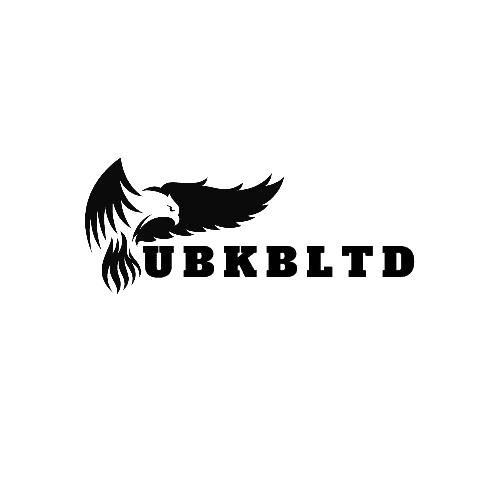
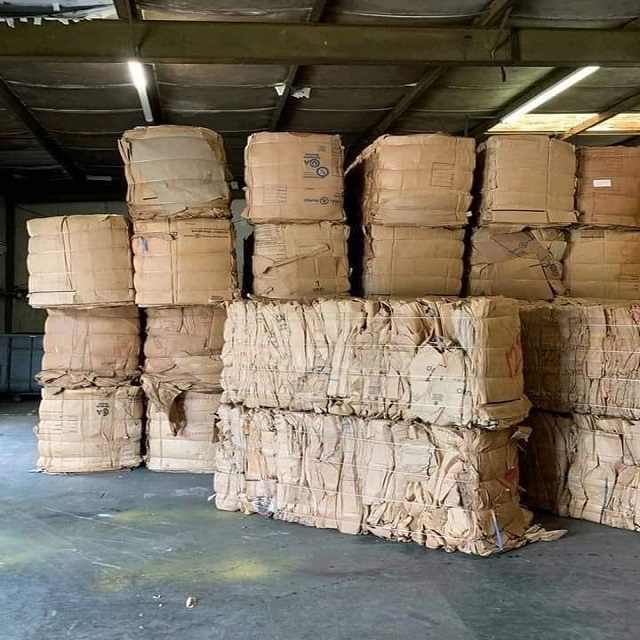
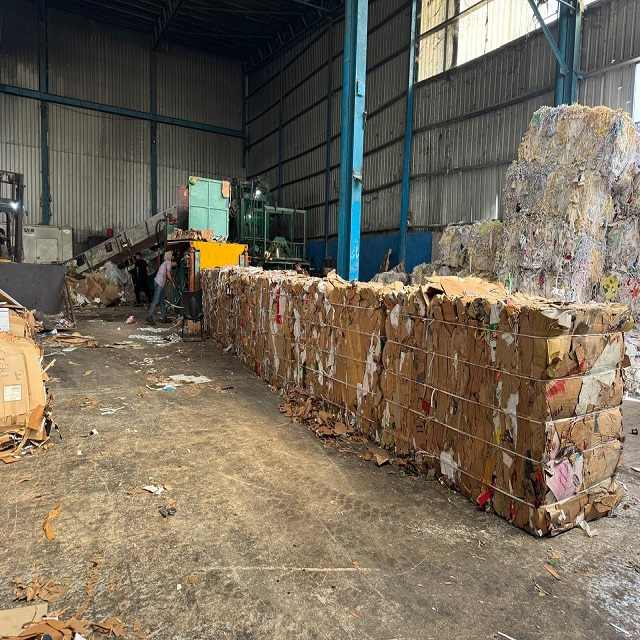
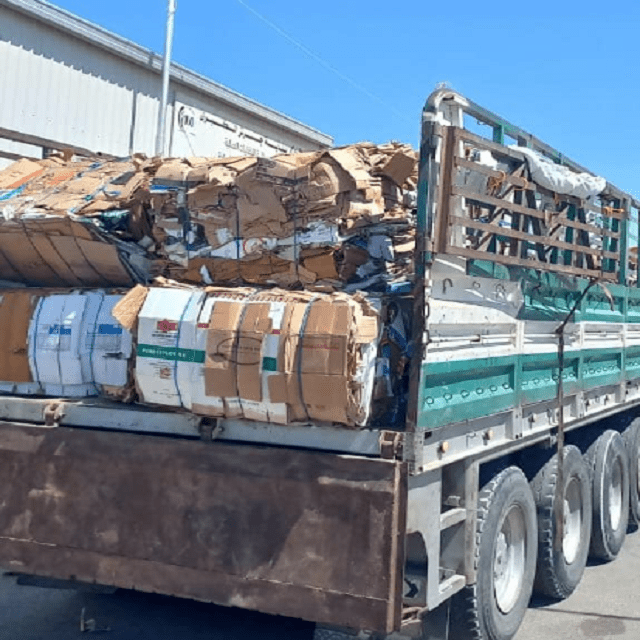
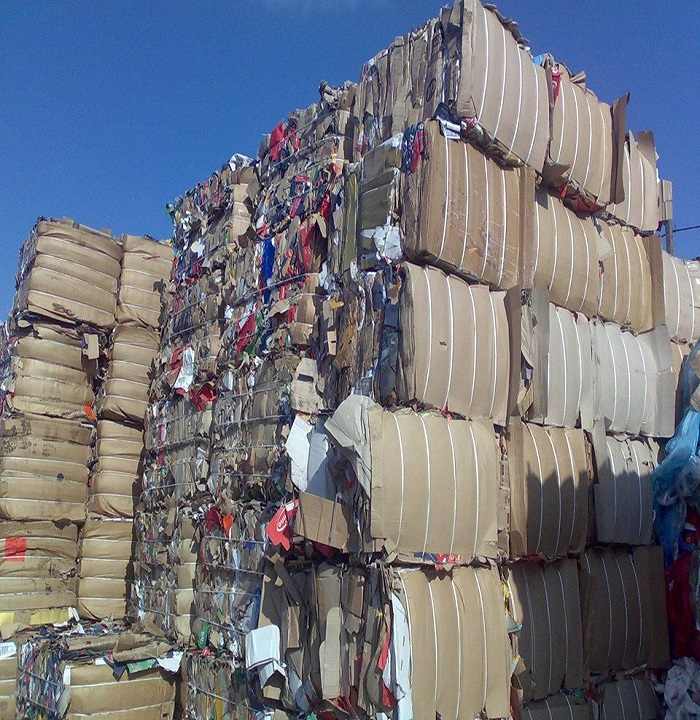
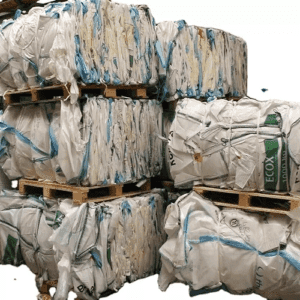
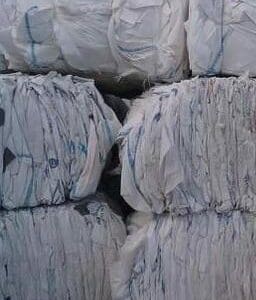


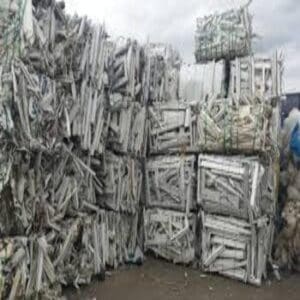
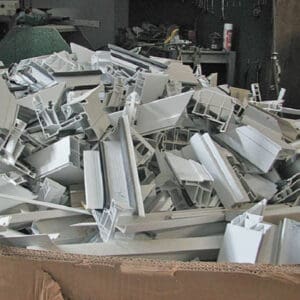
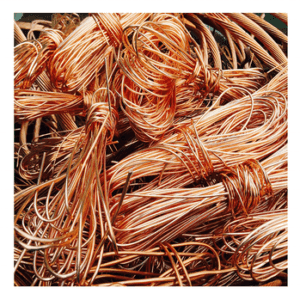
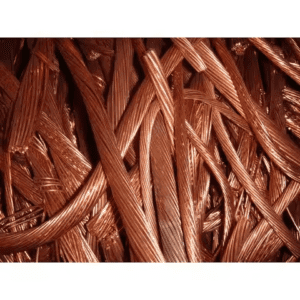
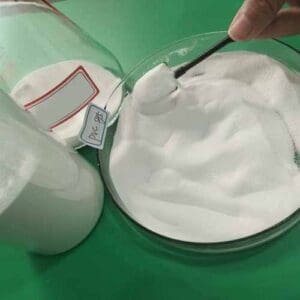
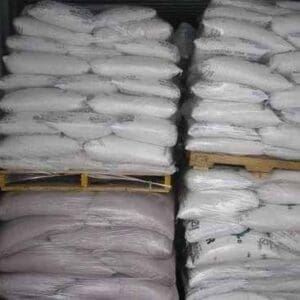
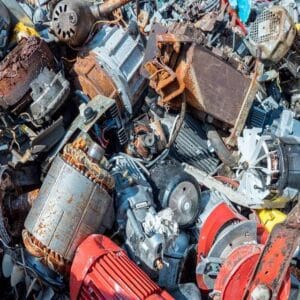





Reviews
There are no reviews yet.